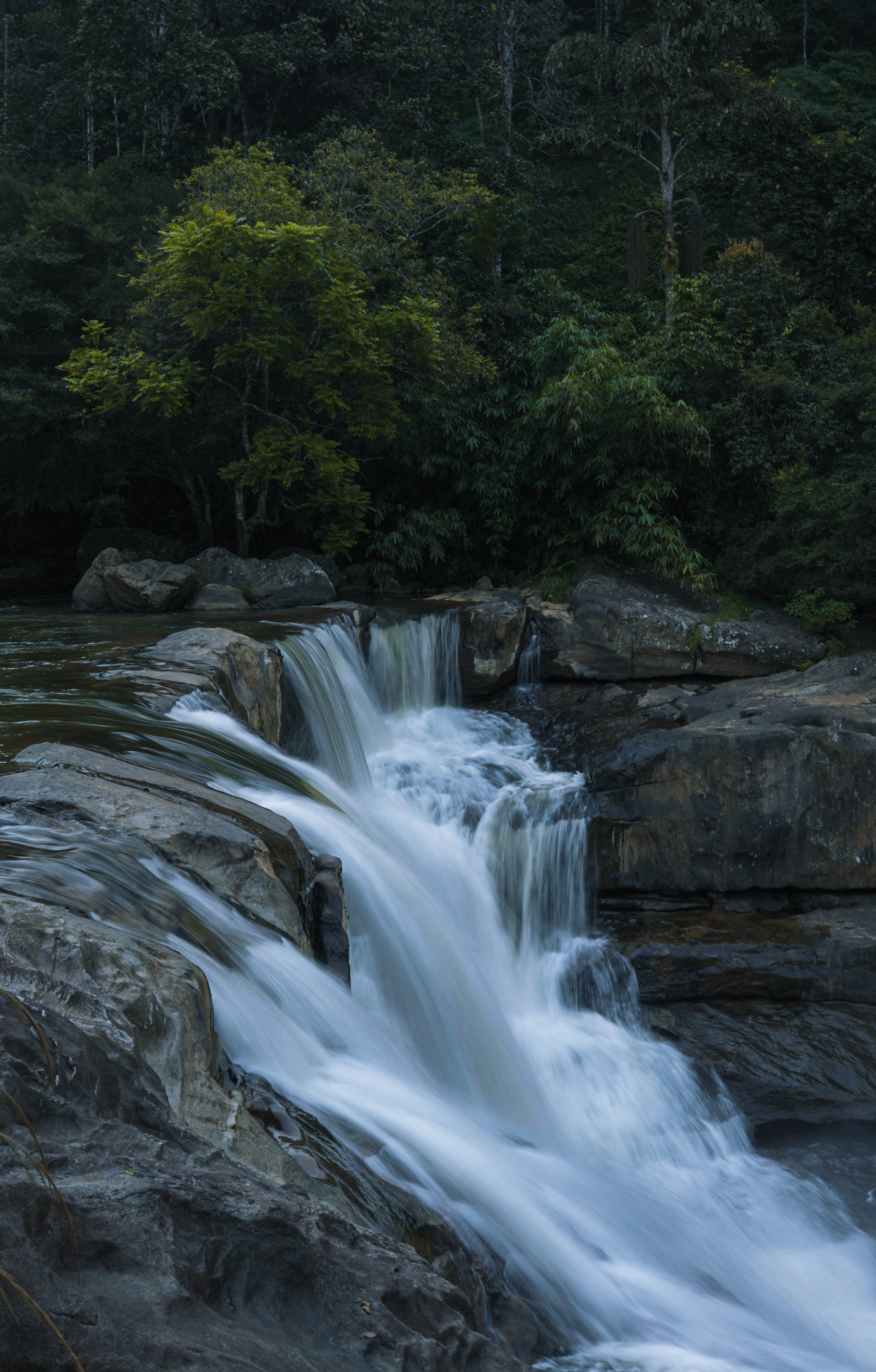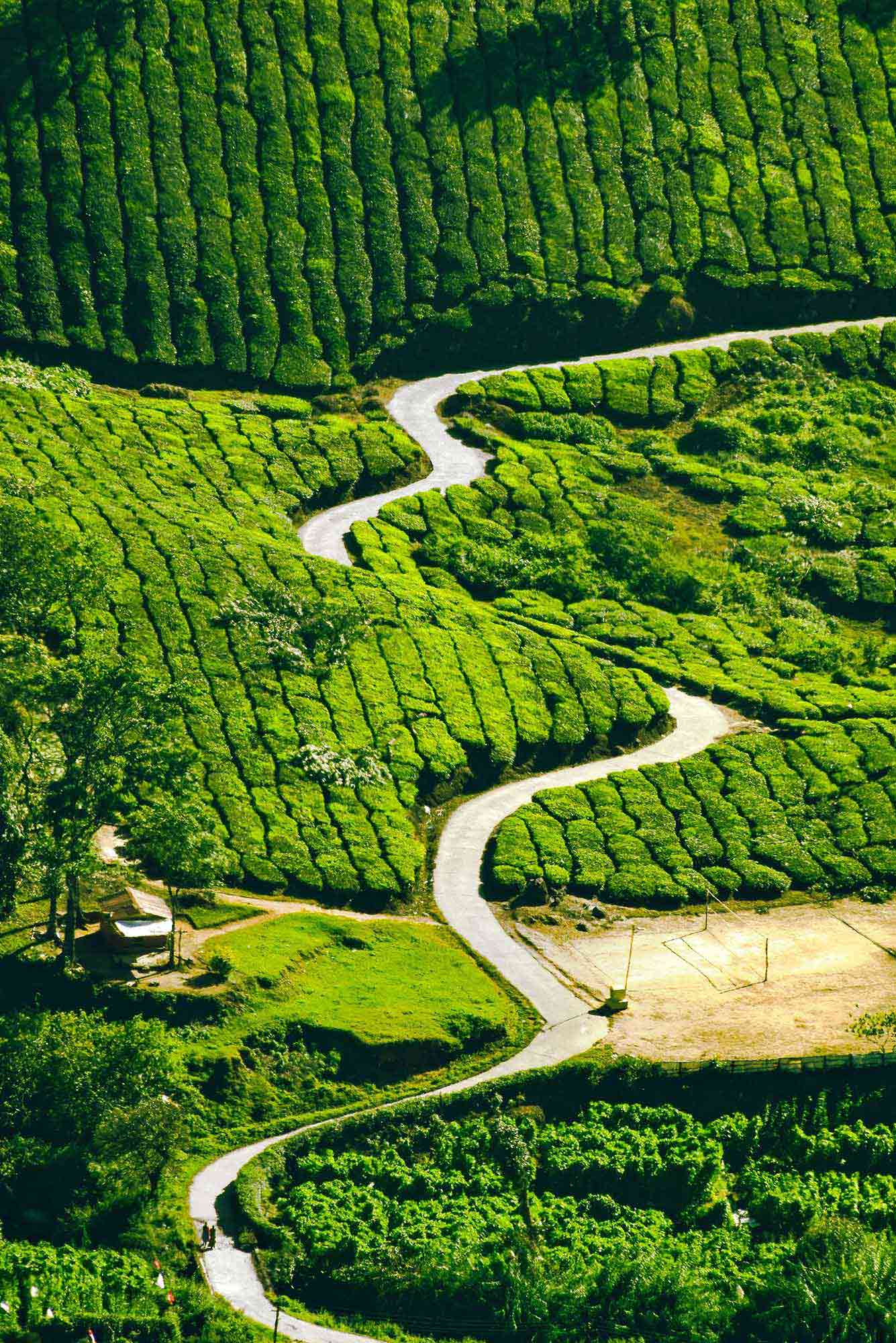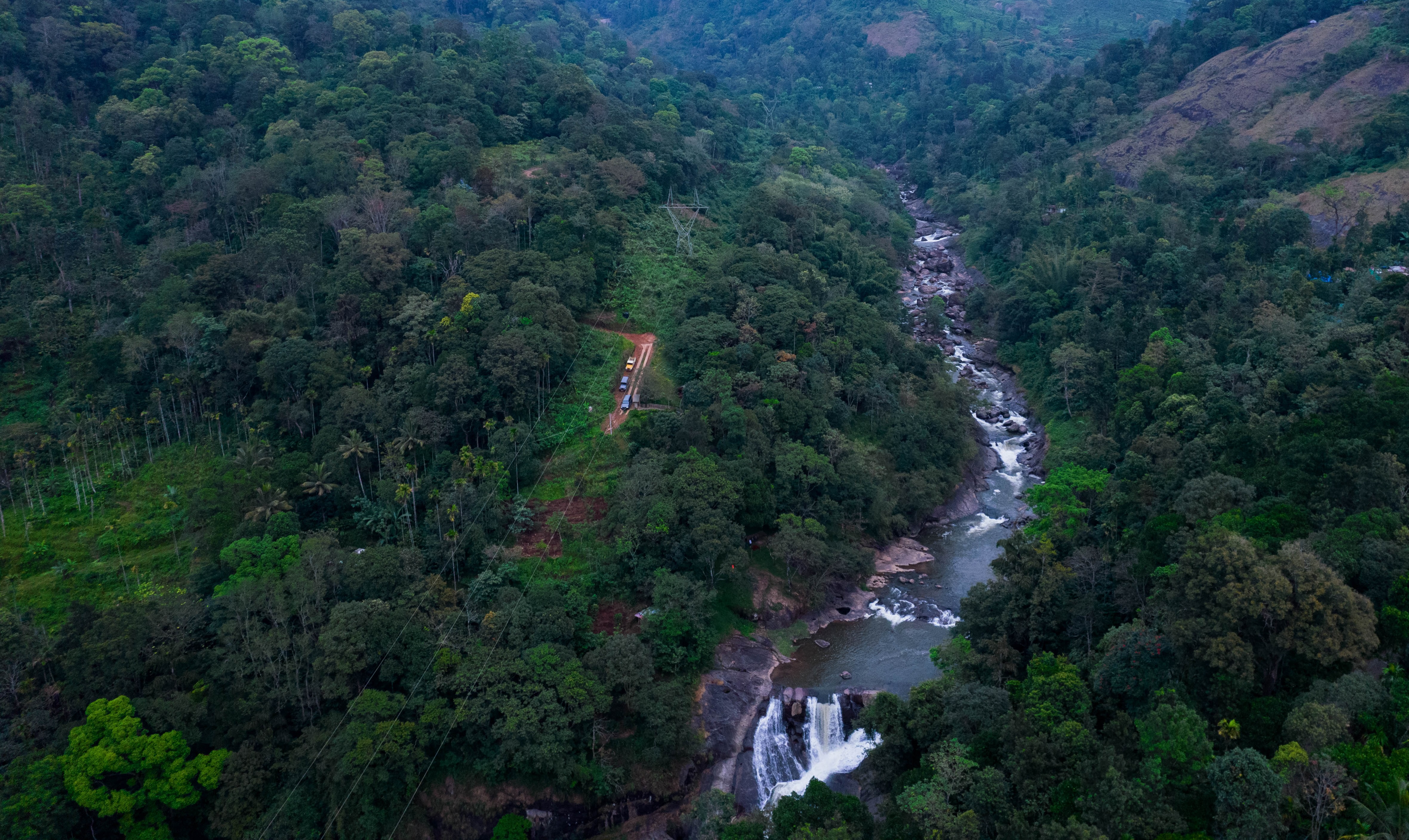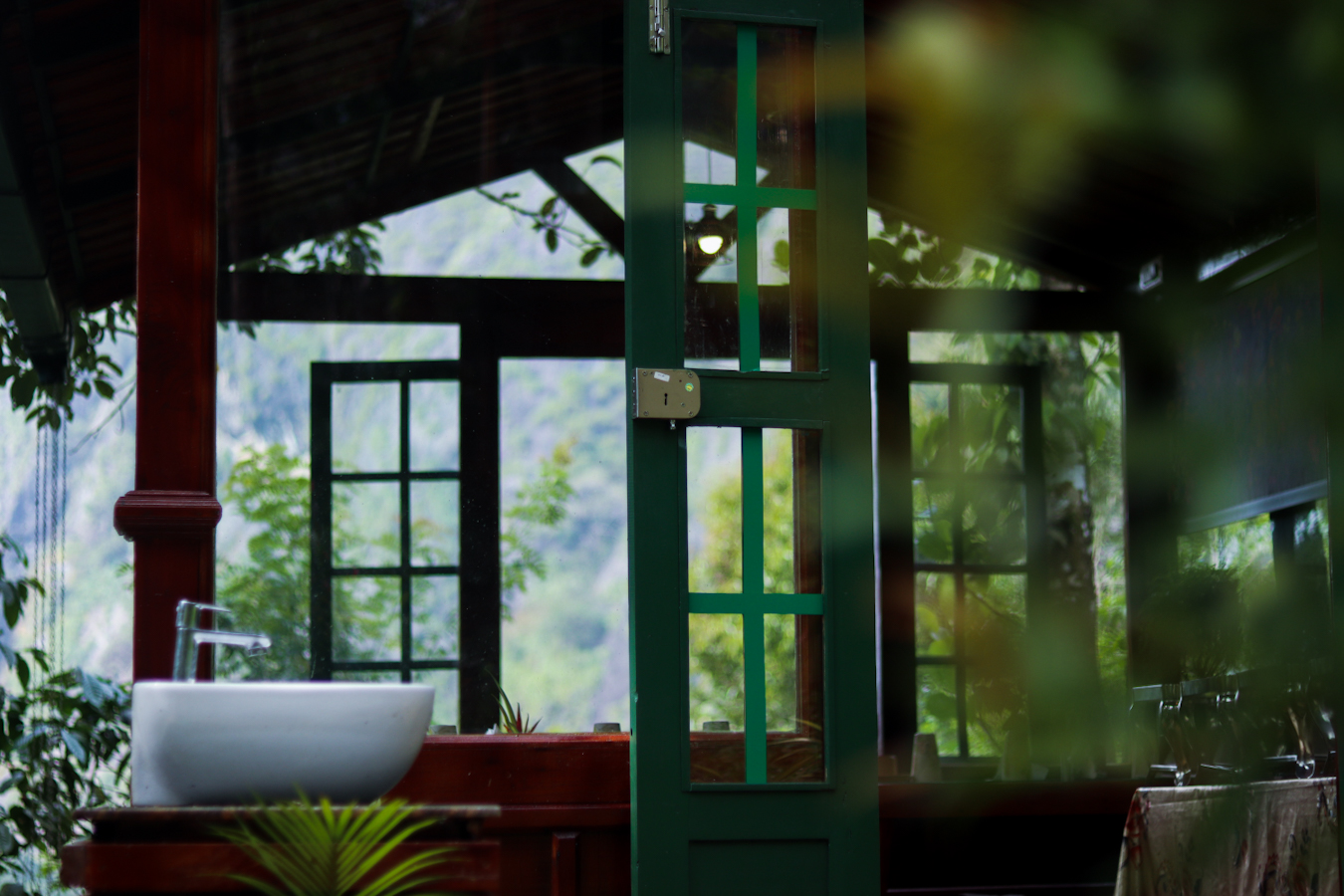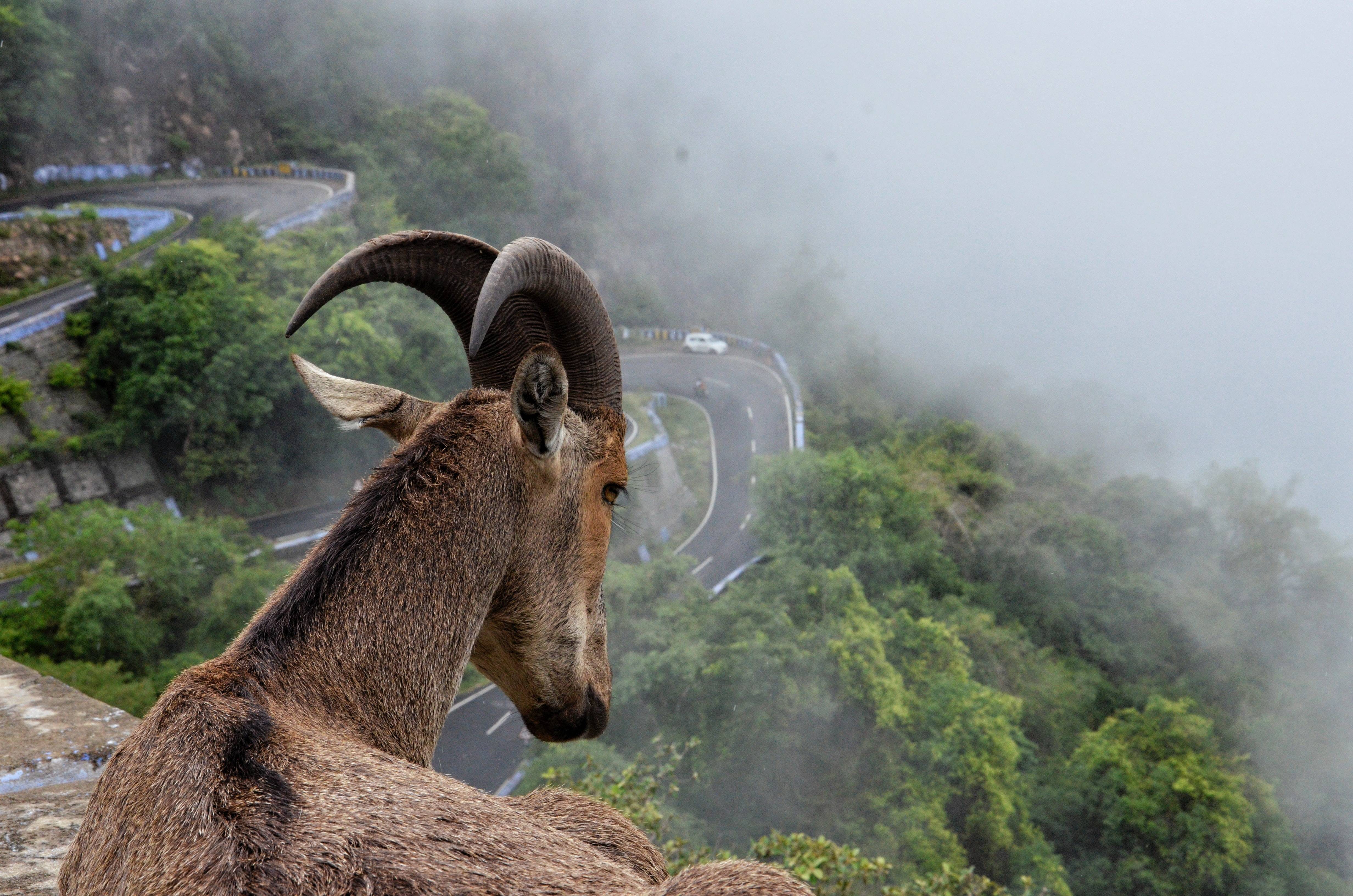ACTIVITIES
At FUNKY BUNKS you are one with nature - partaking of her boundless riches. You can make nature your classroom or your reference library, studiously observing the minutest movements, softest whisperings and subtlest colour variations that unfold before you every moment. You can forget yourself bird-watching, butterfly-watching, filming the amazing fauna and flora or recording their sonorous calls.
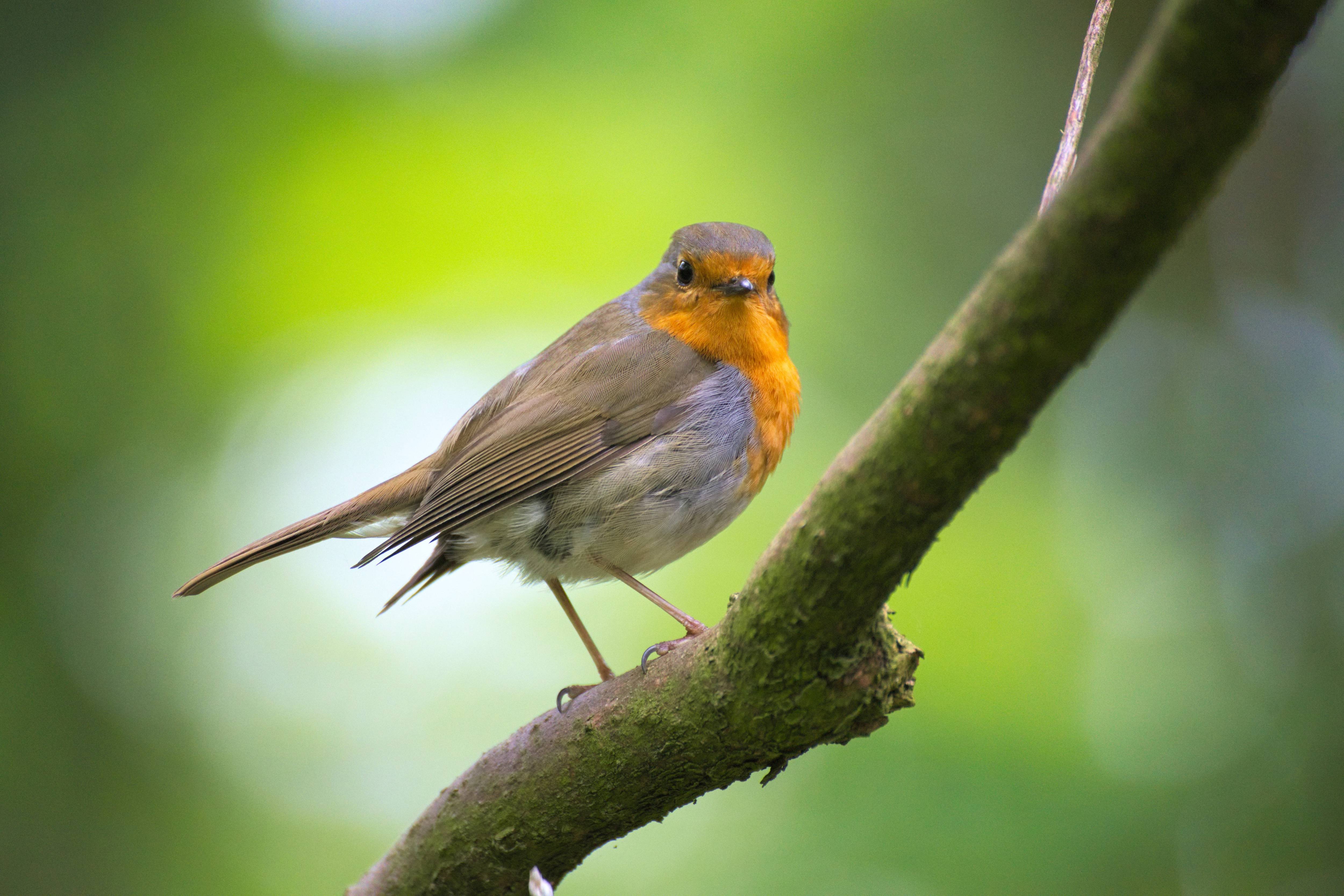
BIRD WATCHING
Cottages at the FUNKY BUNKS have balconies that allow the visitors to watch birds at eye-level. The winged surprises appear in all colors and hues. The entire mountainside resounds with their tweets, chirps, shrieks, trills, hoots, whistles and the consistent chorus of cicadas. You will come face to face with birds varying from the whistling school boy, the musical thrush, the mimicking mynah, owls that hoot, several types of parakeets, shrikes, hornbills, racket-tailed drongos, and many more.
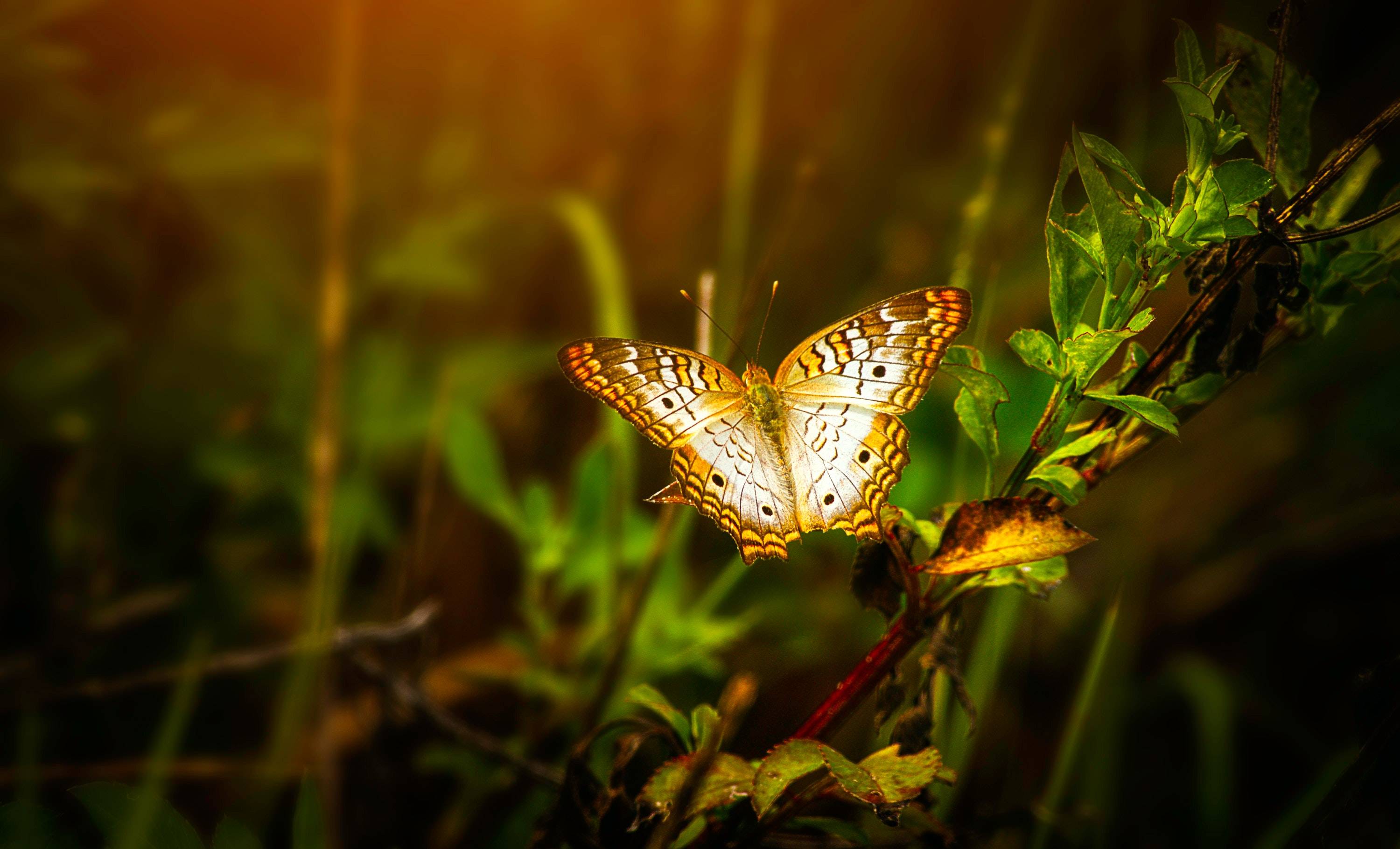
BUTTERFLY WATCHING
Watch and record the entire lifecycle of a butterfly from close quarters. The variegated flora at the Tall Trees sustains a great assortment of butterflies. Large swallowtails like the southern bird-wing butterfly - one of India’s largest, and countless moths, including the Atlas moth - the largest in the world, all fly free here.

NATURE PHOTOGRAPHY
Guests at the FUNKY BUNKS enjoy the undisturbed seclusion needed for taking great pictures of birds, butterflies, other creatures and enchanting varieties of native flora. Photos and videos can be taken from the privacy of the balconies from a high angle or from the natural hideouts that the thick undergrowth provides. Human constructions are tucked away into the natural notches in the steep inclines, under the tall trees, to make sure that your frames are clear.
